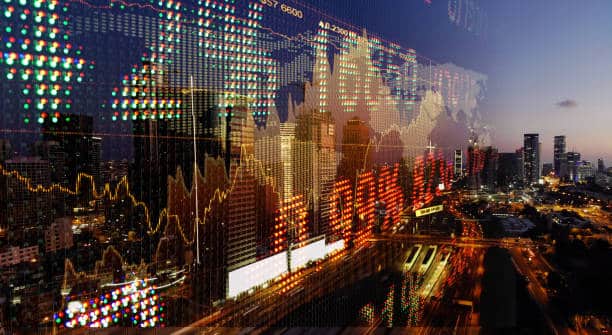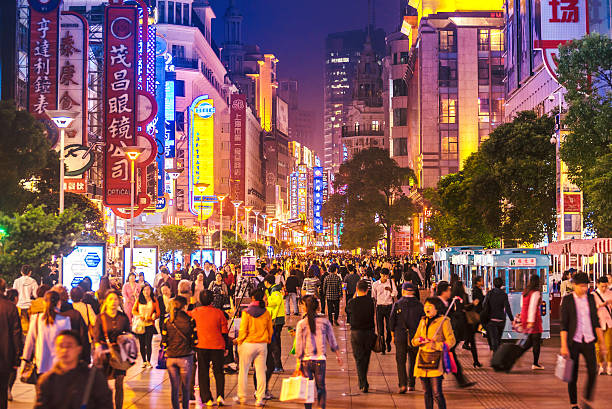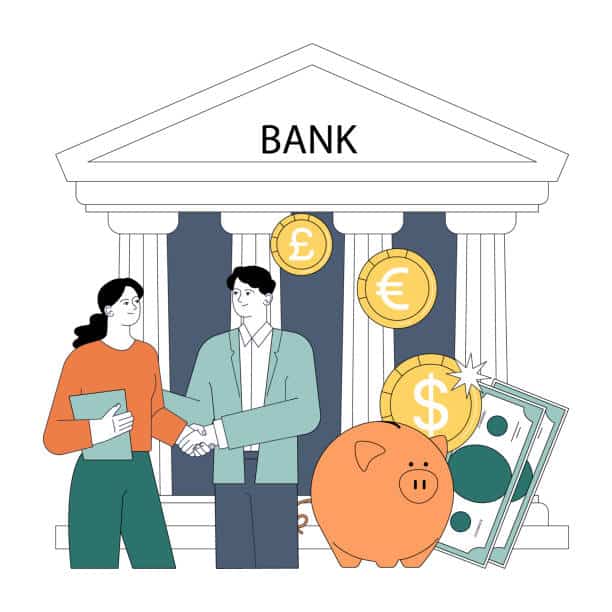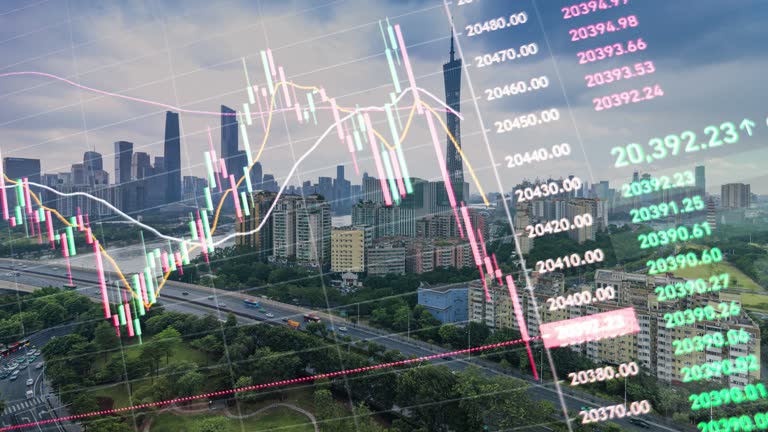Introduction: Understanding Global Economic Classifications
In the realm of world economy, two phrases are quite familiar, and they are ‘emerging markets’ and ‘developing markets’. Although these classifications may look similar, they are, in fact, different stages in the economic development and capabilities of countries. This paper showed that for investors, businesses, and governments, the distinctions between emerging and developing markets are critical to consider as they try to make their decision. In this article, I shall analyze the differences, mention the examples and explain why these differences play vital roles.
1. Defining Emerging Markets vs Developing Markets

What is an Emerging Market?
An emerging market is an economic market located in a country that is experiencing economic growth and that is gradually getting involved in international business and investment. It is common to find markets with high industrialization; enhanced physical infrastructure; and enhancements in the overall quality of life. They are still in today’s context beyond developing countries but not yet in the equitable and developed status of a country like the United State or Japan.

- Key characteristics of emerging markets:
- High growth potential
- Expanding middle class
- Improving infrastructure
- They revealed a relatively stable political and financial situation in the countries of the grouping.
- Full engagement in international commerce
BRIC countries: the participating countries in the BRICS fabor include China, India, Brazil, Russia, and South Africa.
What is a Developing Market?

On the other hand, developing markets are those that are yet to progress through the industrialization processes and are to complete their development. These markets could be characterized by high levels of poverty, underdeveloped infrastructure and political risk. They may depend largely on agriculture and primary industries, and they may have comparatively limited access to international financial markets.

- Key characteristics of developing markets:
- Low GDP per capita
- Reliance on agriculture or primary products
- Underdeveloped infrastructure
- Mentioned above, political and economic instability are relatively more profound in this country.
- Deficiency and restricted sighting of international funds and capitals

Afghanistan, Haiti, Myanmar and numerous other nations from sub-Saharan Africa.
2. Key Differences Between Emerging and Developing Markets
Economic Growth Potential

- Emerging Markets: These economies are expanding at a much faster pace than the developed marketplace to a comfortable degree, attracting foreign investment because of the expanded consumer market and increased number of production units. India and Brazil can be considered as still emerging from the LDC status, literally on the threshold of shifting into the developing market country category.
- Developing Markets: It is a well-established fact that the opportunities of value creation in the emerging markets are constrained by various factors, including political vulnerability, underdevelopment and poverty. Despite the fact that some of the developing countries may one day make the shift to emerging markets, they experience larger challenges.
Infrastructure and Industrialization

- Emerging Markets: Members of this category are industrializing at a very fast pace with enhanced infrastructure development. For instance, the rapid increase in urbanization growth and investments in high-speed trains and great ports in China can be seen as how emerging markets are getting closer to the developed world.
- Developing Markets: Most developing countries are faced with infrastructural challenges such as poorly developed transport networks, especially roads, little or no access to power, and health and education are also pathetic. Such a situation greatly inhibits economic development and world competitiveness.
Political and Financial Stability

- Emerging Markets: It is for this reason that while the emerging markets are composed of developing countries that do not have immunity from political risks, their political systems and financial institutions are relatively stable when compared to the developing nations. For instance, Brazil has problems connected with political elites’ malfeasance, but the country has a sound financial sector, drawing investors.
- Developing Markets: Political risks are a major problem in developing markets. Foreign investment is a bit of a dice roll, thanks to wars, corruption, and unreliable governments. Moreover, these countries do not have a developed banking sector and there are few opportunities to obtain credits for businesses and to invest for investors.
Global Trade Participation

- Emerging Markets: These countries are now more and more linked to the global economy,–such countries frequently acting as export-oriented countries. China, ‘the world’s factory’ is a perfect example of the emerging market as a participant in the global market.
- Developing Markets: The globalization of trade is still low in developing economies when compared to developed economies. They can depend on exports of one or two natural resources, for example, oil or agricultural produce, which makes their economies highly sensitive to changes sin the prices in the world market.
3. Investment Opportunities: Risks and Rewards

Opportunities in Emerging Markets
To investors, emerging markets are markets that offer a combination of risks as well as opportunities for higher returns. As such, they present high levels of opportunities for profits, especially in the technological, consumer product and infrastructure industries.
- High Growth Potential: However, as the emerging markets increasingly become industrialized and urban, which then translates to growth of the middle income groups, this results in increased consumption and investment in new sectors. This makes sectors like technology and the consumer goods sector for instance, very suitable for investors.
- Foreign Investment: These economies may encourage FDI and portfolio investment because they want to foster their development. Governments of the emerging markets can provide various facilities, such as tax exemptions and others, to draw global investment.
Challenges in Developing Markets
It is generally psychological for firms to invest in these developing countries because they portray more risks for investment, which present hardships that affect returns.
- Volatility: It narrows down to the fact that developing markets are risky in political system, have less effective legal protection, and are unstable local currencies. All of these can push down the FDI and trigger large capital displacements.
- Lack of Infrastructure: The lack of development of infrastructure in these markets may be a cause of considerable concern for conducting business. Constraints such as inadequate transport systems, erratic power supply and limited telecom network facilities are disadvantageous to profitability.
4. Economic Transition: From Developing to Emerging

A large number of countries seek to attain status shift from the developing to the emerging category. This transition generally involves:
- Industrialization: Updating the economy from an agriculture-based economy to an industrial based economy.
- Infrastructure Development: The development of transport systems, electricity supply networks and telecommunication systems.
- Political and Economic Reforms: Building sound governments’ and financial systems to attract investors.
For instance, Vietnam has recorded an economic transformation in the last decade from a low-income country and a developing nation to an emerging market economy. The growth has been occasioned by enhanced industrialization, enhanced political stability, and economic liberalization.
5. The Role of Global Institutions
Due to the fact that there are international institutions present in the world such as the World Bank, the International Monetary Fund (IMF), and the United Nations, the way of development of emerging and developing markets is constantly searched for and established.
- World Bank Classifications: The World Bank uses GNI to divide countries into income groups: low-income, lower-middle-income, upper-middle-income, and high-income countries. It is frequently the case that emerging markets are considered upper-middle-income economies while the developing markets belong to the low or lower middle income bracket.
- IMF and Global Financial Stability: It supervises the health of financial systems in the emerging economies and provides financial support to the developing world with their balance of payments difficulties.
Conclusion: Why Understanding the Difference Matters
It is more than a semantic difference between two terms and gives imperative inputs to investors, business and even policymakers as to which markets they should venture into or what kind of market they should take a note of in terms of their growth potential and possibility of their risks. Globalization has brought great opportunities in the emerging markets, which constitute a relatively larger increment than developed markets and and hence, have significant impacts on international business, yet developing markets are subject to certain risks caused by political insecurity and poor physical infrastructure. Knowledge of such differences can enhance informed approaches to interlocutors in international trade, investment, and formulation of economic policies.




